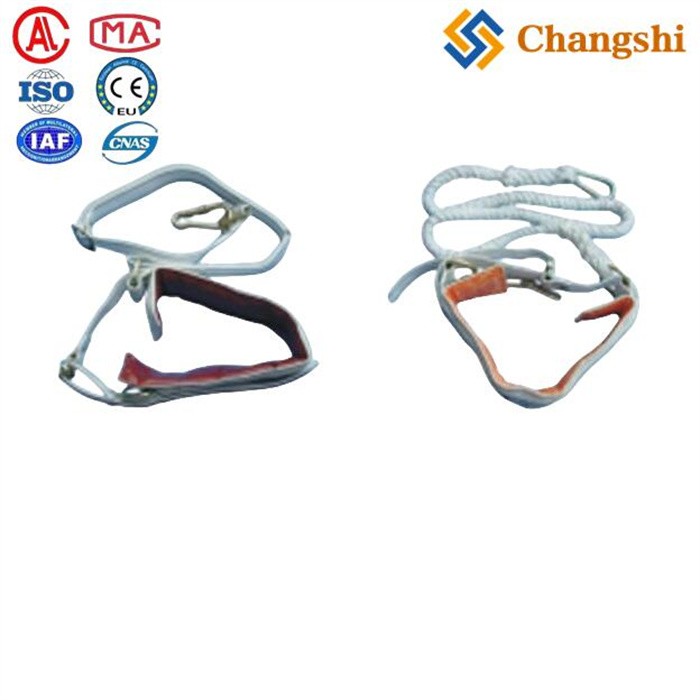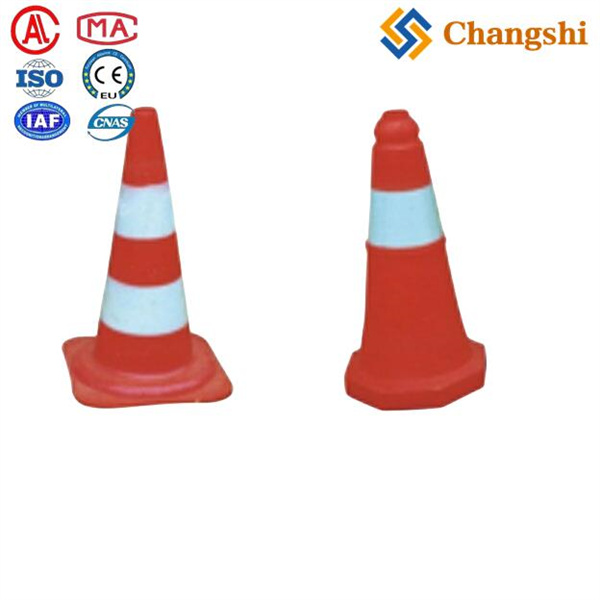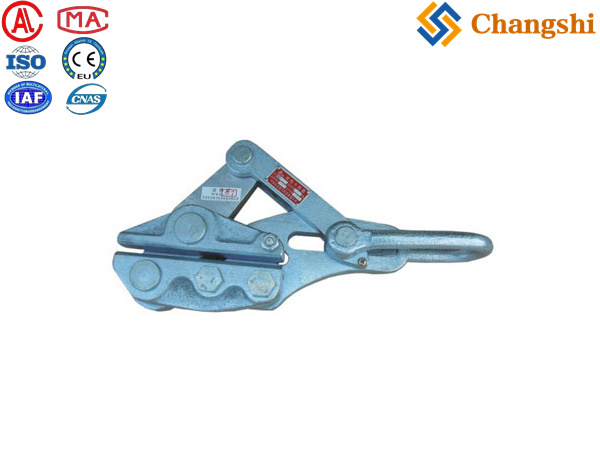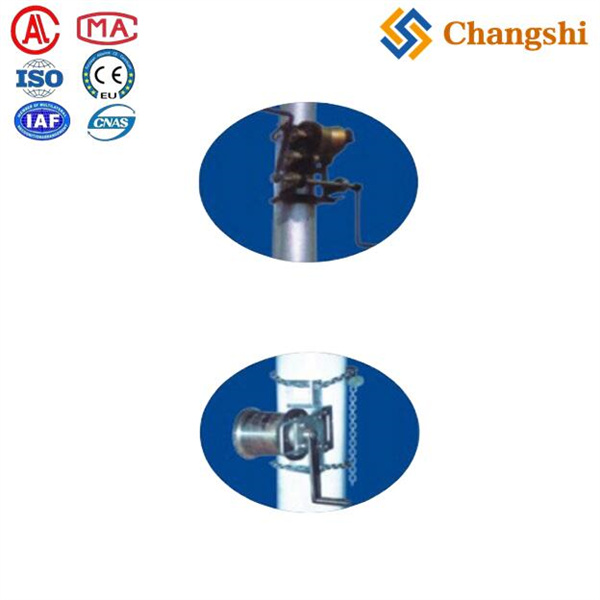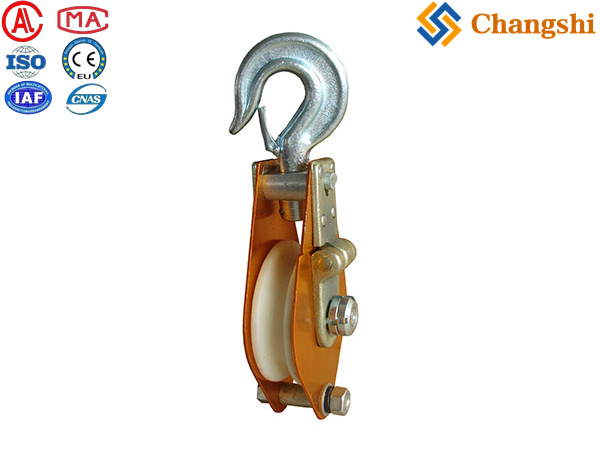
Personal Protective Equipment Safety Harness To Prevent Injury Death From Falls
A safety harness is a critical piece of personal protective equipment (PPE) designed to prevent injury or death from falls, especially when working at heights. It works by distributing the forces experienced during a fall across the chest, thighs, pelvis, and shoulders, minimizing injury. The harness is connected to a secure anchor point through lanyards or lifelines as part of a Personal Fall Arr
- Transmission Line Wire Cable Conductor Tension Stringing Equipment
- Transmission Conductor Tension Stringing Equipment For Overhead Power Lines
- Tools For Power Lines,Substation,Electrical Construction & Maintenance
- Electric Power Transmission Distribution Line Construction Machine Tools
- Overhead Power Transmission Distribution Line Repair Hardware Fittings
- Underground Cable Laying Pulling Installation Equipment Machine Tools Accessories
- Information
- Video
A safety harness is a critical piece of personal protective equipment (PPE) designed to prevent injury or death from falls, especially when working at heights. It works by distributing the forces experienced during a fall across the chest, thighs, pelvis, and shoulders, minimizing injury. The harness is connected to a secure anchor point through lanyards or lifelines as part of a Personal Fall Arrest System (PFAS).
:
-
Made from strong materials like rope, braided wire cable, or synthetic webbing.
-
Attached securely to a stationary object to prevent the wearer from hitting the ground if they fall.
-
Often used with shock-absorbing lanyards to reduce the impact force during a fall.
-
Designed to keep the wearer upright after a fall, aiding in rescue.
:
-
: The most comprehensive type, with straps around thighs, hips, chest, shoulders, and sometimes arms. They have multiple attachment points and adjustable straps for a secure and comfortable fit. Ideal for high-risk environments like construction and rescue operations.
-
: Simpler and lighter, with a single attachment point, suitable for low-height tasks where freedom of movement is important but fall risk is lower.
-
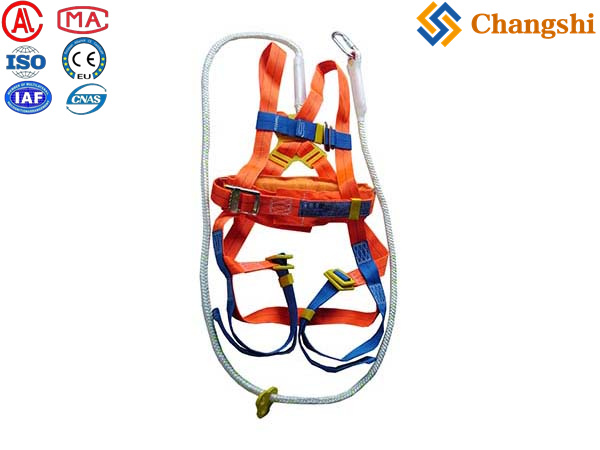
:
-
Falls from height are a leading cause of workplace injuries and fatalities.
-
OSHA requires fall protection, including safety harnesses, when working at heights of 6 feet in construction, 4 feet in general industry, and 10 feet on scaffolding.
-
Safety harnesses replaced older body belts, which caused injuries by concentrating force on the abdomen.
-
Proper use, fitting, and regular inspection of harnesses are essential for effectiveness and safety.
How to use a safety harness correctly:
-
Inspect the harness for damage before each use (check webbing, stitching, buckles, and labels).
-
Untangle and shake out the harness by the dorsal D-ring to ensure straps hang freely.
-
Put on the harness like a jacket, adjust shoulder straps so the back D-ring is centered between shoulder blades.
-
Secure leg straps and chest strap snugly but comfortably.
-
Connect to a secure anchor point with appropriate lanyards or lifelines.
In summary, a safety harness is an essential device for fall protection, designed to save lives and reduce injuries by securely attaching workers to an anchor point and distributing fall forces safely across the body. Proper selection, fit, use, and compliance with safety standards are vital for effective fall protection.

